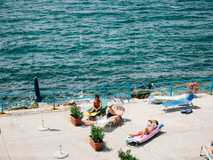Cities / Trieste
Blown away
David Plaisant reporting from Trieste: The ever-present Bora wind isn’t the only thing that provides an air of frisson in this intriguing city: it’s also down to its complex history and fascinating geography.
Population: 205,413
Distance to Rome by road: 678km
Distance to Ljubljana by road: 93km
Kilos of green coffee imported in 2011: 108 million
Fastest recorded Bora wind: 188 km/h (2010)
“We have always been well placed,” says Francesco Rossetti Cosulich, president of Trieste’s prestigious Yacht Club Adriaco. “But we are in a strange position.” The city sits in an enclave of Italian land attached to the country only by an isthmus of territory that at times is just a few kilometres wide. Geography, frontiers and positioning are more important to Trieste, its people (the triestini) and their history than almost anywhere else in Europe. Nowhere in Italy is quite like it.
Cosulich is as triestino as you can get. He is the heir of the Cosulich shipbuilders and passenger-liner owners that hark back to Trieste’s days as the great port of Mitteleuropa. Near the Yacht Club in Trieste’s vast former fish market an exhibition denotes those glory days. Belle époque posters, brochures, pamphlets, tariff lists and timetables proclaim a cosmopolitan, eclectic era: “Austro – Americana – Trieste – Buenos Ayres”, “Süd – Amerika – Dienst – Triest” or “Lloyd – Rakousky – Terst”. Others detail routes in Greek, Hungarian and French. But as Cosulich casually strolls from his neatly parked vintage red Fiat 500 to the 1903 clubhouse, there’s no sense of opulence.
The Cosulich family’s great shipyards just about survived the First World War but the Second really finished them off, Francesco says with resignation. This twinge of melancholy is thoroughly Triestine. Not that modern life has been any smoother. “We’ve missed many opportunities,” he says, referring to the luxury tax that has so crippled many Italian marinas. “The Croats and Slovenes can provide the same thing without the high fees and red tape.”
The city may be filled with a plethora of central European surnames but its people are among Italy’s most tanned. What was the Austrian Empire’s port and door to the world faces due west, giving Trieste long, golden summer evenings. A small sea wall separates the Old Port from the Pedocin sea-bathing station, the only one in Europe where the sexes are separated; it is said that the empress Maria Theresa herself ordered this separation. The strange notion of Vienna-by-Sea remains as Trieste only ceded from Austria to Italy in 1918.
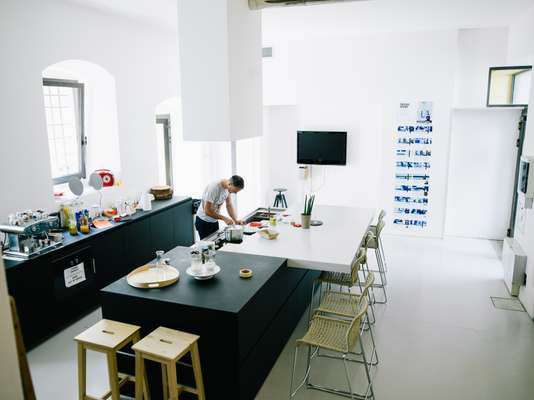
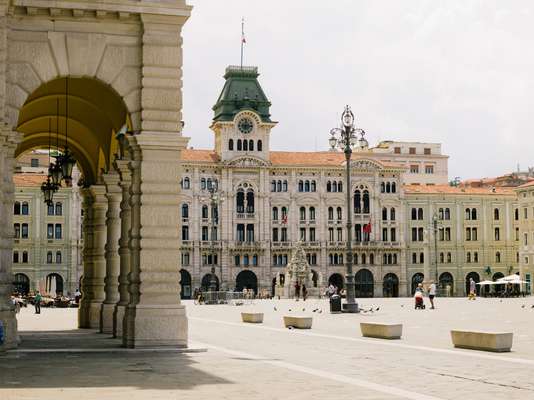
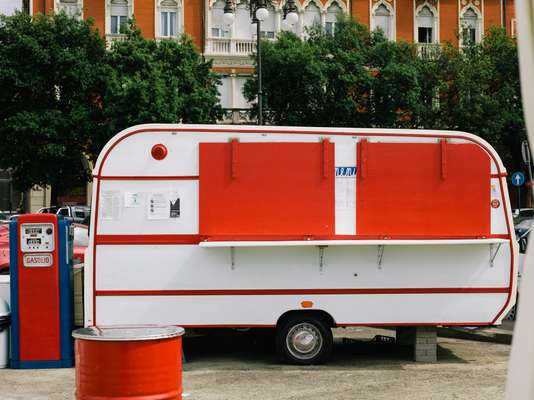
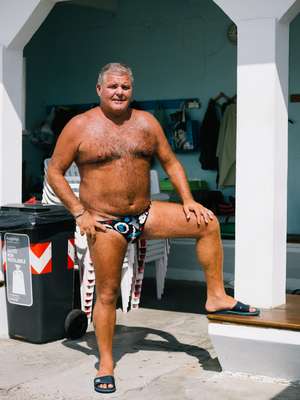

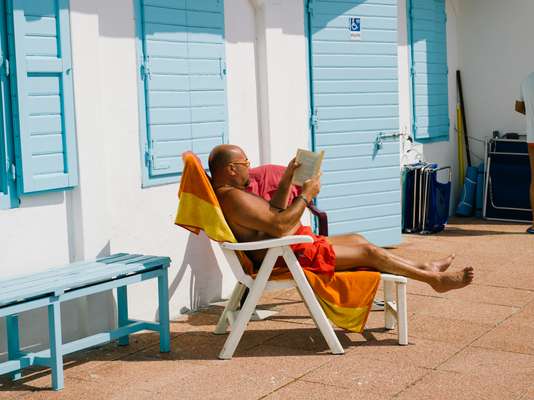
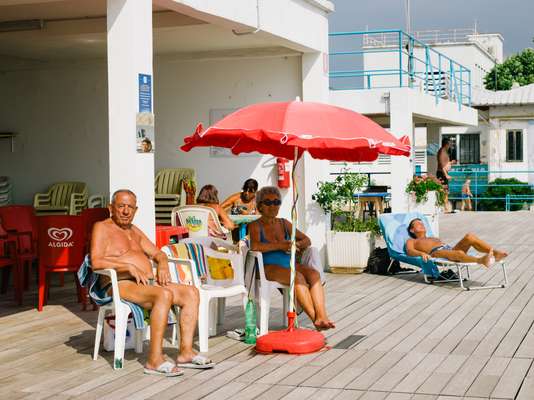
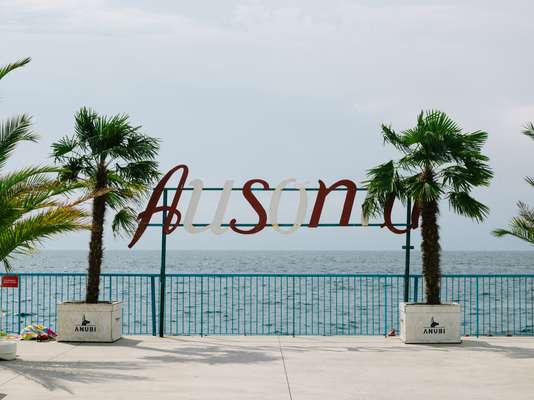
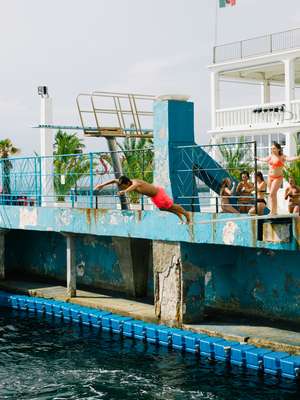
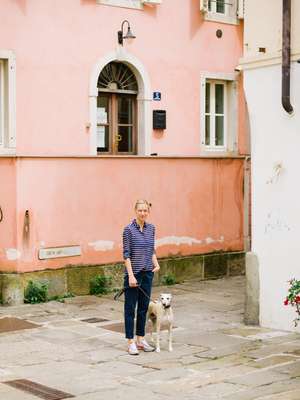
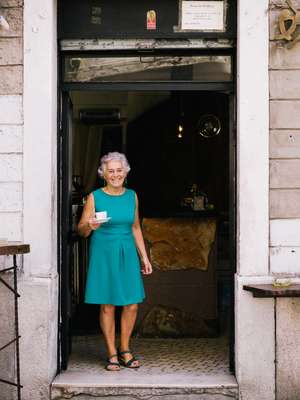
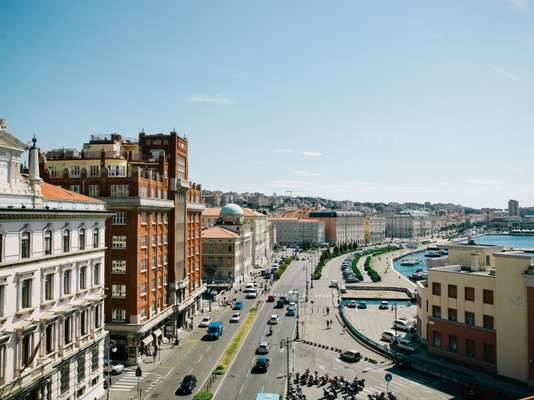

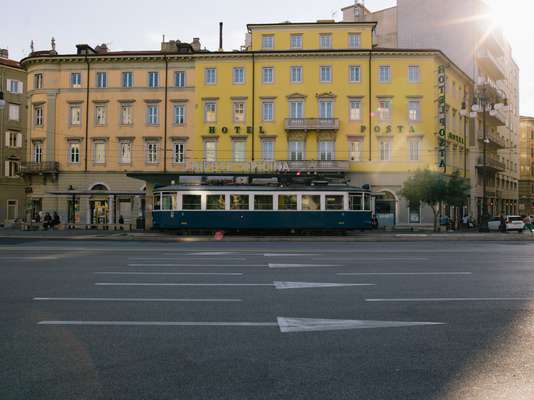
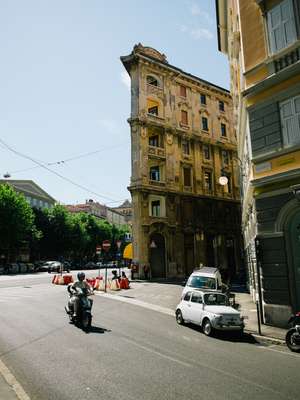
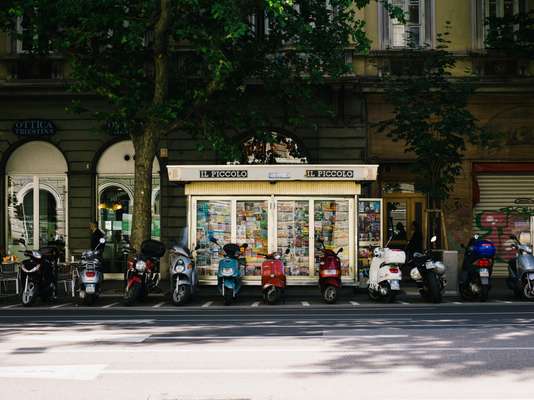
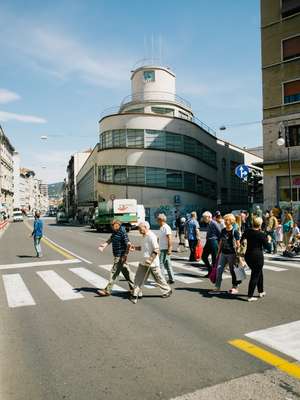
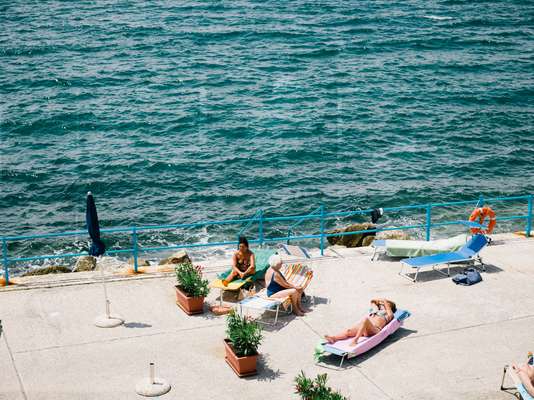
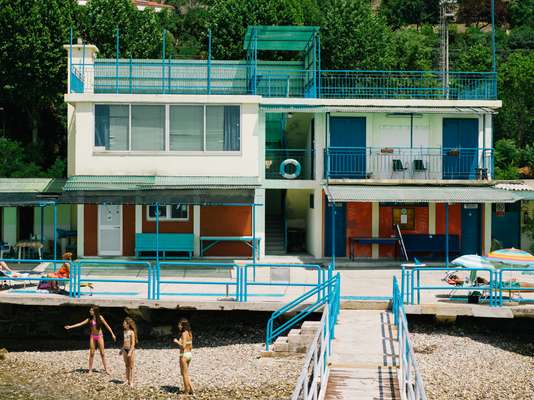
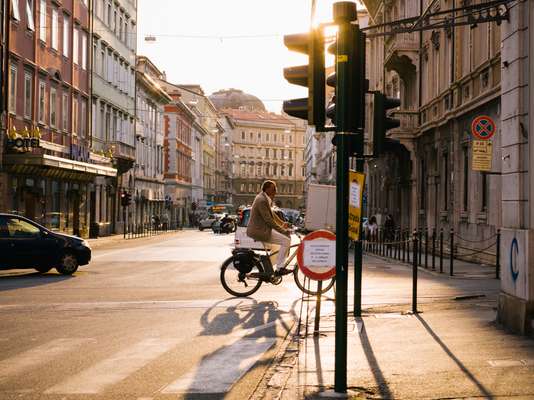
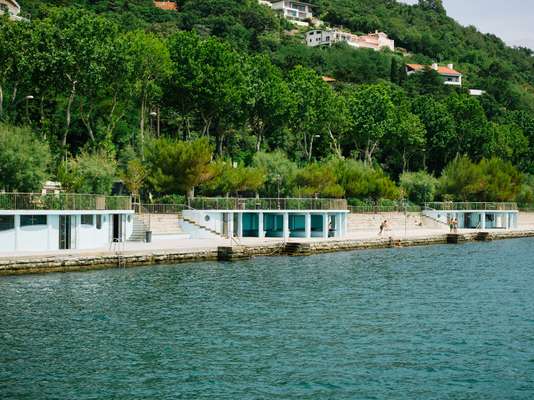

Separation of people rather than the sexes is what has made Trieste the city it is. Gallerist Max Schiozzi is frantically preparing the permanent collection of the city-funded museum for the Culture of Istria, Fiume and Dalmatia. “It’s very complicated,” he says. “The things we are displaying are still personal, bearing the names of people’s fathers and grandfathers. We’re not talking about ancient Egypt here.” Winston Churchill’s speech of 1946, demarcating the Iron Curtain that ran “from Stettin in the Baltic to Trieste in the Adriatic”, gave this city an ominous notoriety. After the war, Italian Trieste was chopped off its vast Istrian hinterland and eft as an urban pendant, dangling before the victorious Yugoslavia whose maverick leader Josip Broz Tito famously said: “Trst je naš!” (“Trieste is ours!”). Ethnic Italians flooded the city from areas that were handed to the Yugoslavs, including all of Istria and the city of Fiume (now Rijeka in Croatia). People tend not to dwell on this history but the stories of exodus and demographic shift still give Trieste a feeling of being in limbo.
Dockside, the art deco Teatro Miela building hosts a cultural institution that has made the most of Trieste’s strange place on the map. Nicoletta Romeo is head of programming for Trieste Film Festival, an event that since starting in 1989 has become both a prime showcase and marketplace for central and eastern European cinema. “I’ve lost count of the number of times that Serbian filmmakers start their acceptance speech with that Tito quote,” says Romeo. “But the links with eastern Europe here are profound – this is the city’s culture, it makes us what we are.”
The “When East Meets West” initiative she also runs brings producers, financiers and decision-makers in the film industry together and shines interest (and investment) on central European cinema. “This could not happen without Trieste,” says Romeo with total conviction. Like many other triestini she is more sold on the charms of the former Yugoslavia than parts of her own country. “You’re much more likely to catch me popping over to Ljubljana for an aperitivo or Zagreb for the weekend than spending six hours driving down to Rome.”
But Trieste draws people in as much as it looks abroad for inspiration. Pablo Apiolazza, 33, was born in Buenos Aires and made the reverse journey that was once provided by the great ships of the Cosulich family. “My grandfather left Trieste for Argentina when he was 13 and I always longed to see where he came from,” Apiolazza says as he looks over the city, tumbler of wine in hand, from the terrace of a farmhouse tavern, or osmiza. He came to Trieste five years ago and hasn’t left. The good-looking prototype of a globalised member of Generation Y, he lists his Trieste CV that has made the most of the city’s internationally renowned science park, Area, as well as the icgb research centre (which has Italy’s only underground particle accelerator). He has now set up his own film-production company and doesn’t intend to move any time soon.
A leisurely, if not indulgent afternoon spent on a hillside osmiza is a very Triestine tradition. As if to counter the vast array of maritime pursuits, the hills around Trieste offer a verdant cornucopia of inland treats. During the Habsburg rule the farmers of the Karst plateau were granted eight consecutive days reprieve from paying taxes on produce (osmiza is from the Slovenien for “eight”, or osem) and today dozens of vineyards and farmsteads open their gates and allow people in to savour their produce. At the Osmiza Verginella, in the village of Contovello, or Kontovel in Slovenian (10 per cent of the region’s population speak Slovenian as their mother tongue), vineyards accommodate long tables where hams, cheeses and wines are served for the price of a cinema ticket in town.
Trieste’s quays, avenues and alleyways are littered with ghosts of the past. Native novelist Italo Svevo (preferring this Italian pseudonym to his rather more German-Jewish Aaron Ettore Schmitz) and his friend James Joyce, who moved to Trieste in 1904, are duly immortalised in bronze. The feeling of the past can dominate the city’s narrative and perhaps not coincidently: according to some statistics, Trieste’s population is Italy’s oldest, and with an average age of 47.7 years some might see its outlook as decidedly middle-aged. However above the once-shabby Cavana district at the small, virtually hidden Piazza del Barbacan, younger triestini are making their mark.
Nika Furlani, 32, and 29-year-old Lodovica Fusco run a photography-cum-design studio and shop called Combiné. “The young here are really waking up,” says Fusco. By night the square’s bars are teeming with exuberant triestini although the landlady of the Bar Barbacan opposite, Claudia Baselli, in her sixties and originally from Pisino (now Pazin) in Croatia, is an unmistakable institution. Among Baselli’s many duties at the bar is the job of having total and seamless control of the coffee machine. “I’ve basically been a barista all my life,” she says with a youthful smile that hardly shakes as she bangs out the remnants of the last press.
Despite Trieste being home to slickly branded Illy, famous the world over, locals seem to prefer older, Habsburg-era Hausbrandt. As Vienna’s taste for coffee increased, so did Trieste’s role as coffee importer, grinder and distributor for the Empire. Hausbrandt, founded in 1892, whose smiling little “Moka” logo can be seen everywhere in the city, was first to pack its toasted, ground coffee in labelled tins. Today Trieste still maintains these two separate coffee brands. Hausbrandt is distributed in 70 countries worldwide and the company trucks directly to the northeast Italian, Austrian and Slovenian markets.
Trieste always manages to throw visitors. If its history was not confusing enough, its climate is a mystery. Tucked deep in its own gulf at the end of the Adriatic, a finger of sea that protrudes into central Europe, Trieste is where continental and Mediterranean systems collide. One strange result is the Bora wind. “The Bora can be gentle or terrible,” says Barbara Franchin with considerable affection. “It can bring rain and snow or wonderful sunshine.” Franchin is the director of its (International Talent Support), a fashion initiative that has drawn in backers such as Diesel and Swatch. Convinced of the potential of her native city she has resolutely refused to set up its elsewhere since starting 13 years ago, despite Trieste’s remoteness to other fashion capitals. “Nowadays everyone tells me I shouldn’t even think about decamping – and I never would. I want everybody to realise that we are the very centre of Europe.” Franchin’s love for all strange things Triestine, including the wind, is repeated time and time again.
In March 2011 the Bora paid a visit to Trieste with particular gusto: the city woke up to find that one of its most famous landmarks had been blown out to sea. “Ursus”, the giant 75-metre-high crane that normally towers over the Austrian-era docks, had lost its moorings and was cast adrift, floating slowly out across the Adriatic. “Nobody knew what to do,” says taxi driver Marco as he looks to Trieste’s grand and abandoned old quays. “Many said to just let him go.” After some consternation as to who should foot the bill, the Comune di Trieste eventually launched a tug to bring Ursus back. Metaphors abound at every corner and each horizon in Trieste. Its adorned 19th-century architecture recalls a great seaport that has lost its purpose as the entry-and-exit point of an empire. Trieste is still Europe’s coffee capital (Illy and Hausbrandt) and insurance and shipping (Generali and Lloyd Adriatico) are still big business.
But it’s in research and the cultural and creative fields that the triestini want to forge their path. At the Piazza dell’ Unità d’Italia, with a now re-tethered Ursus crane poking its head over the rooftops, shouts of “Azione!” echo across the square. A film crew of several dozen is cornered up in front of a sea of actors and extras all dressed in turn-of-the-century garb. Rai Fiction is in the throes of a scene and when an elderly, coiffured resident asks, “What are you shooting?”, a gruff Roman accent replies, “A new drama, Il Confine” (The Border). It may be a city with its golden years behind it and residents entering their twilight years but Trieste, this strange frontier city, has a unique energy that is all its own.

